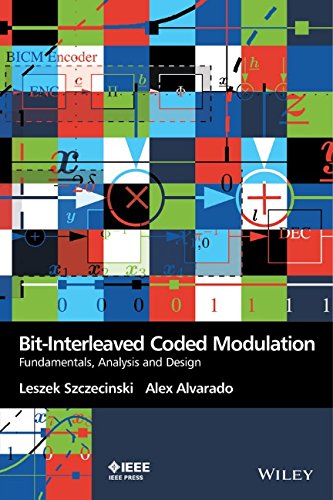

Most ebook files are in PDF format, so you can easily read them using various software such as Foxit Reader or directly on the Google Chrome browser.
Some ebook files are released by publishers in other formats such as .awz, .mobi, .epub, .fb2, etc. You may need to install specific software to read these formats on mobile/PC, such as Calibre.
Please read the tutorial at this link: https://ebookbell.com/faq
We offer FREE conversion to the popular formats you request; however, this may take some time. Therefore, right after payment, please email us, and we will try to provide the service as quickly as possible.
For some exceptional file formats or broken links (if any), please refrain from opening any disputes. Instead, email us first, and we will try to assist within a maximum of 6 hours.
EbookBell Team

5.0
20 reviewsPresenting a thorough overview of bit-interleaved coded modulation (BICM), this book introduces the tools for the analysis and design of BICM transceivers. It explains in details the functioning principles of BICM and proposes a refined probabilistic modeling of the reliability metrics–the so-called L-values–which are at the core of the BICM receivers. Alternatives for transceiver design based on these models are then studied.
Providing new insights into the analysis of BICM, this book is unique in its approach, providing a general framework for analysis and design, focusing on communication theoretic aspects of BICM transceivers. It adopts a tutorial approach, explains the problems in simple terms with the aid of multiple examples and case studies, and provides solutions using accessible mathematical tools.
The book will be an excellent resource for researchers in academia and industry: graduate students, academics, development engineers, and R & D managers.
Key Features:
Presents an introduction to BICM, placing it in the context of other coded modulation schemes
Offers explanations of the functioning principles and design alternatives
Provides a unique approach, focusing on communication theory aspects
Shows examples and case studies to illustrate analysis and design of BICM
Adopts a tutorial approach, explaining the problems in simple terms and presenting solutions using accessible mathematical tools